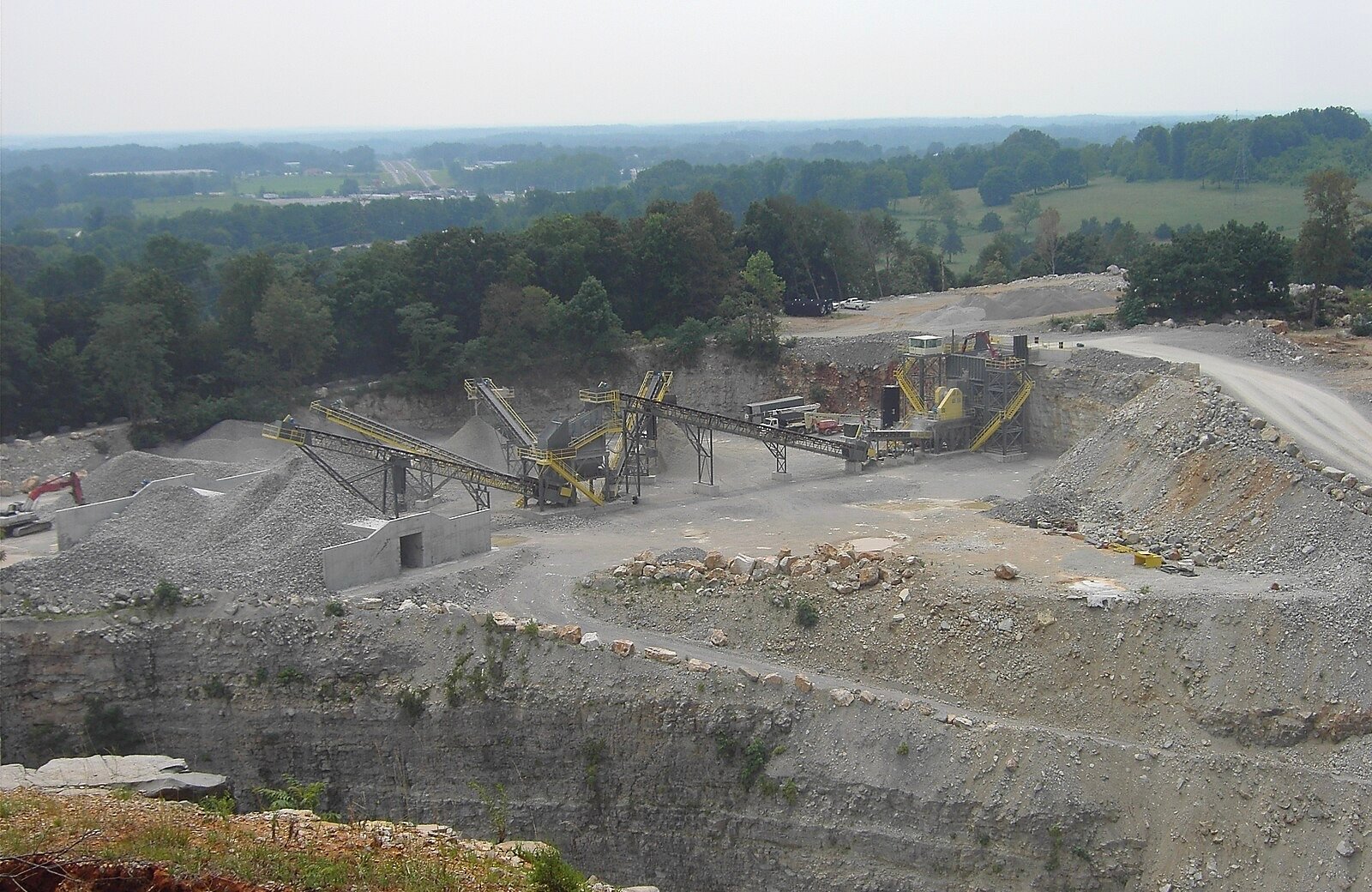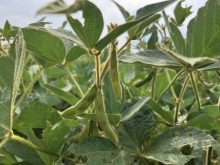Glacier FarmMedia – North American oilseed growers should brace for an explosion in demand for high oleic oils, says a senior executive with the organization that administers the United States soybean checkoff.
“We expect the world to be in a significant deficit situation by 2025 and that will reach its peak in 2030,” said John Jansen, the United Soybean Board’s (USB) vice-president of oil strategy.
“It’s great news for all high oleics.”
Why it matters: New genetics delivering foods more tailored for consumer tastes and offering health benefits are better positioned to compete in specialized markets.
Read Also

Melancthon faces a new quarry fight over water, environment and farmland risks
A proposed Strada blast quarry in Melancthon, Ont., sparks regional debate over water protection, farmland sustainability, and Ontario’s aggregate policy.
High oleic oils and palm oil have largely displaced partially hydrogenated soybean oil in the edible oil market due to concerns about trans fats.
But palm oil plantations work on 15-year cycles and they have just entered what is considered their dormancy period where yields are on the decline.
Indonesia and Malaysia, the world’s two leading palm oil producers, have also increased their biodiesel mandates, which will usurp oil that was destined for the food market.
Cornell University has done some modelling for USB showing that the reduction in palm oil supply for the food oil market will result in increased demand for high oleic oils.
“We’re getting prepared for an explosion around 2025,” said Jansen.
That bodes well for Canadian growers. High oleic canola oil has a big head start on high oleic soybean oil. Food processors and the foodservice industry are familiar with the product and they like it.
Seed company officials estimate that about 10 per cent or two million acres of Canada’s canola crop is seeded to high oleic varieties. Demand for the product continues to be robust.
By comparison, the U.S. high oleic soybean industry is struggling to get its footing, despite a $62 million investment by USB and major commitments from two leading seed technology companies.
Acreage has not grown anywhere near as fast as anticipated. Farmers planted an estimated 300,000 acres of the crop last year.
The market hasn’t developed in Eastern Canada due to a lack of processing demand and capacity for high oleic soybeans.
The USB had originally targeted 18 million acres of the specialty oilseed by 2023. That doesn’t seem plausible anymore.
Bayer has paused its Vistive Gold high oleic soybean contracting program.
“Unfortunately, after a lot of effort, the demand from end users and processors never developed as we anticipated,” company spokesperson Komie Hossini said in an email.
The other big player in the industry is Corteva, which markets Plenish soybeans. There are also a couple of new entrants — Benson Hill and Calyxt have developed non-GM varieties that have high oleic levels in the 80-per cent range.
Jansen thinks U.S. farmers will plant 500,000 acres of high oleic soybeans this year and the long-term target has been adjusted to somewhere between three million and 18 million acres.
“How’s that for a great range?” he said.
The initial target market was the food processing sector. Jansen believes Vistive Gold got squeezed out of that market because Plenish was first on the scene and set the standard with its more attractive fatty acid profile.
“Once the industry set those specifications it became very difficult for Bayer to participate with an oleic level from 65 to 70 (per cent) when the industry had specified 73 to 78,” he said.
The other market currently under development is the industrial market where high oleic soybean oil has shown promise as an ingredient in products such as asphalt, surfactants and high end motor oil.
USB believes the industrial market will fully materialize in 2025 and will eventually outstrip food demand for the product.
The final marketing push will be the foodservice sector. That program will start in 2021.
John Motter, an Ohio farmer and former USB chair, has been growing high oleic soybeans since 2011.
He said soybean oil enjoyed an 82 per cent share of the U.S. edible oil market until the trans-fat issue surfaced. That share has been slashed to somewhere in the low 50s.
The industry is determined to reclaim some of that market from high oleic canola oil, high oleic sunflower oil and palm oil.
But it has been an uphill battle. Food manufacturers are reluctant to reformulate their products.
“I get that. I understand,” said Motter.
“I don’t want my Wheaties to taste different tomorrow than what they do today.”
But he noted that high oleic soybean oil is pretty flavour neutral and he anticipates it is only a matter of time before some of the manufacturers come around.
Motter said the high oleic soybean varieties he grows on his farm have performed well in terms of yields and the price premiums have been attractive.
The challenge has been that the seed companies spent so much money incorporating the high oleic trait into the seed that it was difficult to invest millions more dollars on top-of-the-line herbicide tolerance.
But that is changing. Jansen noted that all of Corteva’s Plenish varieties are being converted to the company’s latest Xtend herbicide tolerance technology between 2021 and 2024.
This article was originally published at The Western Producer.















